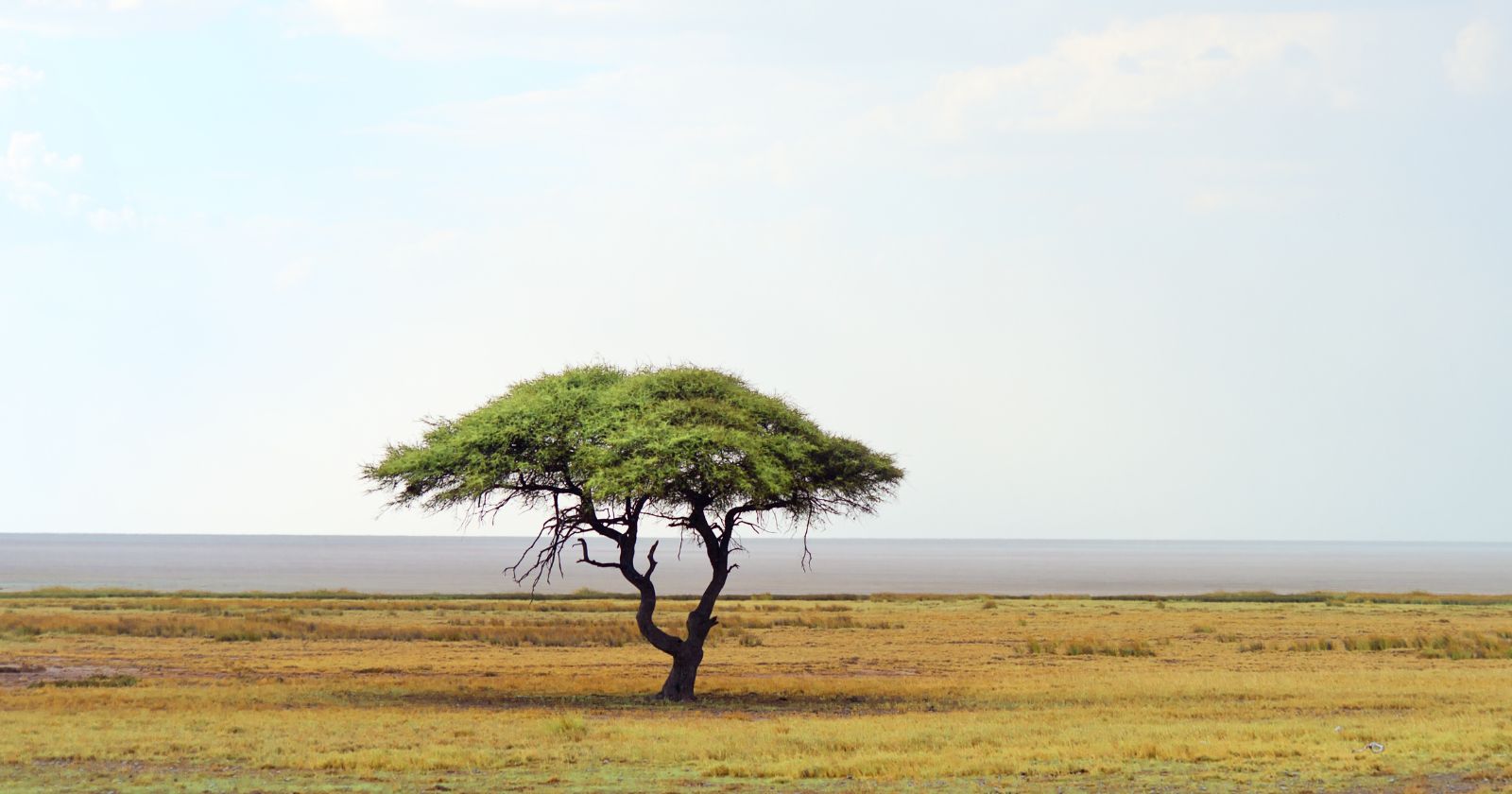Yes, Acacia wood is sustainable. Acacia trees are fast-growing, grow in almost any type of soil, do not need fertilizer, and rarely need pesticides. It thrives in warm, tropical climates, but a few species can also grow in cold-weather areas.
Acacia wood is typically used for furniture, although it can be used for other things. Most products used in the USA are made from just two varieties – Hawaiian Koa and Australian Blackwood – although there are more than 1,000 varieties in total.
Eco-conscious consumers should look for FSC-certified Acacia. The Forest Sustainability Council’s certification is a clear indication that the Acacia wood is grown and harvested in a sustainable manner. When the trees are grown sustainably, Acacia wood is excellent for furniture and other uses and is known for its affordability, functionality, versatility, and beauty.
p.s. Want to know more about sustainable construction materials? Click here to check out our complete guide to sustainable materials for your home.
Acacia Wood Properties and Uses
Acacia’s hardness, strength, and durability make it scratch-resistant and less prone to wear and tear than other woods, making it a practical choice for indoor furniture, outdoor furniture, and flooring. Acacia is also highly resistant to moisture, insects, mold, and fire without the aid of treatments, which makes it easy to maintain. Its fragrant smell adds a nice, homey touch to the furniture it produces.
Acacia Wood for Furniture
Freshly-cut Acacia wood is elastic, which means that it can be easily formed into the desired shape before it is kiln-dried to achieve the required hardness. This process results in beautifully crafted and high-quality furniture, including dining tables, consoles, office desks, nightstands, headboards, stools, chaise lounge, chairs, and benches.
Acacia wood, especially when cared for, can last for decades, which allows large pieces of furniture and flooring to be reused and recycled.
Acacia Wood for Flooring
Acacia can be used in flooring as solid wood, engineered wood (a layer of Acacia wood over another wood, often plywood), or in laminate form. Planks made from Acacia are shorter than those of oak and maple trees (because the average height of Acacia trees is smaller, at about 40 feet, with a diameter of about 3 feet).
If these planks are used for flooring, more joints will be needed (than with other woods) and this may give the floor an unusual appearance. The range of colors and grain patterns will be good for some customers, although others might try a wood with a more consistent appearance.
The wood must be dried properly before used in a dry-climate home to prevent post-installation shrinking.
Other Acacia Uses
Aside from furniture and flooring, Acacia has other uses owing to its notable properties and characteristics. These include:
- Good acoustics: Violins, Flutes, and Ukuleles
- Resistance to moisture: Boats, Canoes, Bathroom Cabinets, Soapdishes, Planters
- Resistance to scratching: Picture Frames, Jewelry and Souvenir Items
- Antibacterial properties: Chopping Boards, Serving Bowls, Serving Platter
Acacia Wood Looks
Every piece of Acacia wood has a unique look due to the variable pattern of its grain, which may be either straight or wavy, and the wide range of colors it comes in, from light amber through to dark mahogany. The wavy grain patterns can be a disadvantage, though, because it is easy to ruin the grain lines of an interlocking or curvy pattern when the wood is cut.
The wood has a rustic appeal to it, making it ideal for simple but timeless pieces that blend easily with any style preference – from shabby chic to sophisticated and elegant. Unlike teak, whose light brown color fades easily, Acacia’s color does not change over time quite so readily and is likely to remain consistent, although furniture in bright sunlight or left outside is likely to show some fading.
The color variations, knots, and irregularities may add character to the furniture or flooring, but others find it showy and distracting. If you want consistency, use maple, walnut, pine, or bamboo.
Acacia Wood Affordability
Acacia is more expensive than oak and maple, partly due to its lower availability, but more expensive than teak. Acacia and teak are comparable in quality, but Acacia is the less expensive option for a couple of reasons:
First, Acacia can be harvested for a lower cost than the same volume of teak and offers growers two products to sell – the wood itself and gum arabic. Secondly, Acacia has a lower oil content, which means Acacia wood needs to be coated with wax to enhance its durability.
Because the quality of Acacia and teak are almost the same, some sellers pass off Acacia as teak so they can charge a higher price. This can be tested by shining a blacklight on the wood. Acacia will glow under the blacklight.
One negative is that Acacia trees tend to grow a lot of branches, which makes it quite a knotty wood. These knots may damage the grain so that the part that may be used or marketed may become limited. This pushes the price up since the usable part of the wood is reduced.
Caring for Acacia Wood Furniture and Other Products
Acacia products are generally low maintenance, but the following tips will help prolong its lifespan. We recommend you follow the manufacturer’s guidelines for your Acacia furniture or flooring.
- Mop or wipe standing water immediately.
- Do not expose the wood to perfume or alcohol, which can cause cracking.
- Do not use polishing products that contain silicone. These products may dry the wood out and cause it to become brittle.
- Do not use cleaning products that contain ammonia.
- Use a soft, slightly damp cloth to wipe away the dust. Do not use a scouring pad or any other rough material.
- Do not position the wood in areas with heat as the wood may warp or swell.
- Use coasters, placemats, or similar table accessories to rest hot drinks, soup, or hot dishes on the furniture.
- Rotate the position of your outdoor furniture to ensure that all sides of the wood are getting equal amounts of sunlight and air. This will ensure even coloring of the furniture over time.
Should Ethical Consumers Buy Acacia Wood Products?
Yes, Acacia wood is a fast-growing sustainable wood and a great choice for ethical consumers for both wood furniture and flooring. Look out for FSC-certified wood to ensure it has been grown and harvested in a sustainable fashion. Additionally, Acacia’s durability, aesthetic appeal, and affordability mean your Acacia wood product should last a long time.

James is a copywriter based in the UK. He writes on sustainability, finance, tech, and anything else that interests him. He likes tea.



